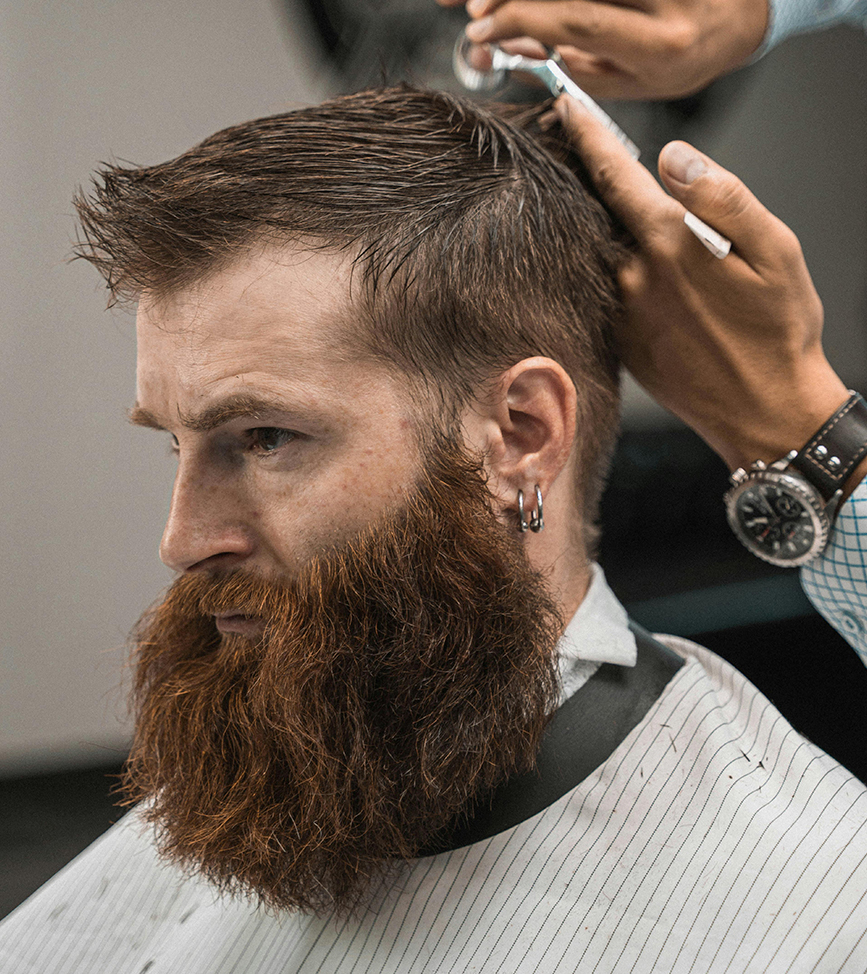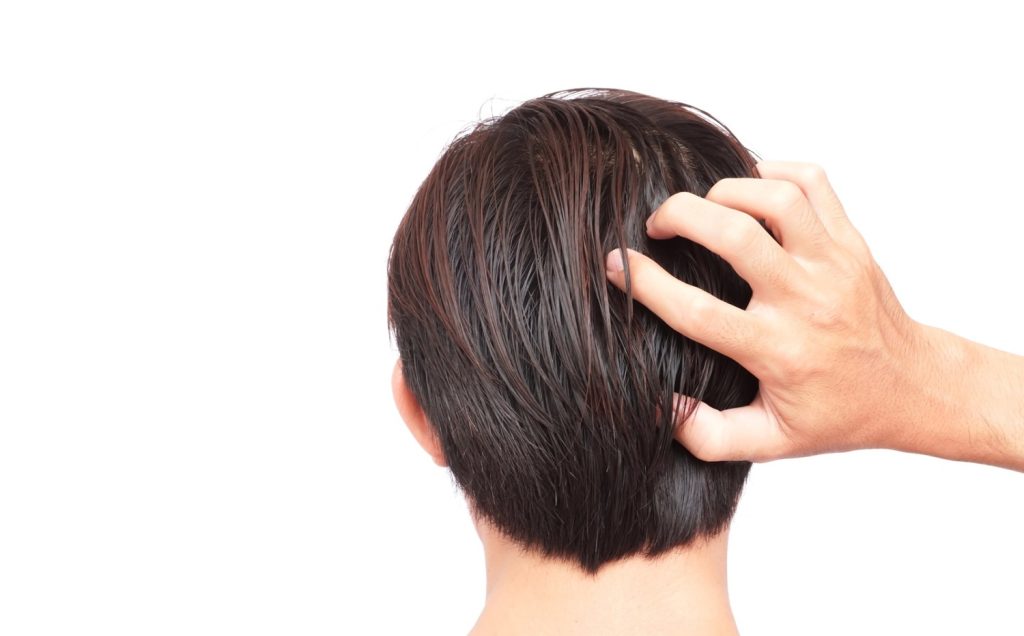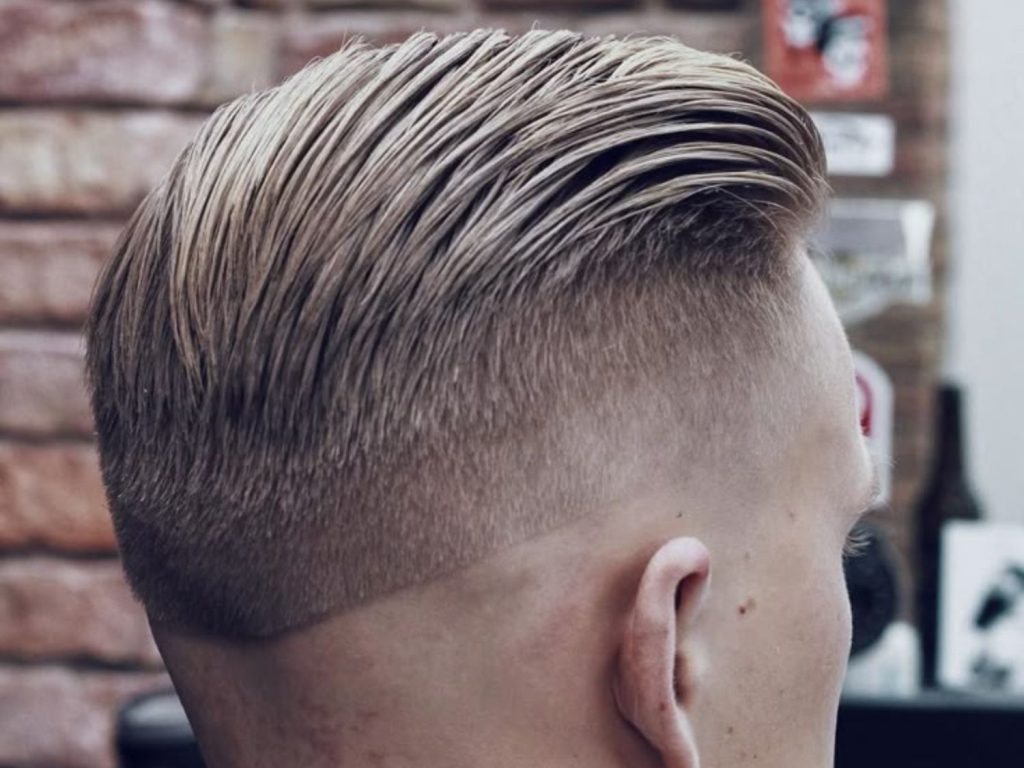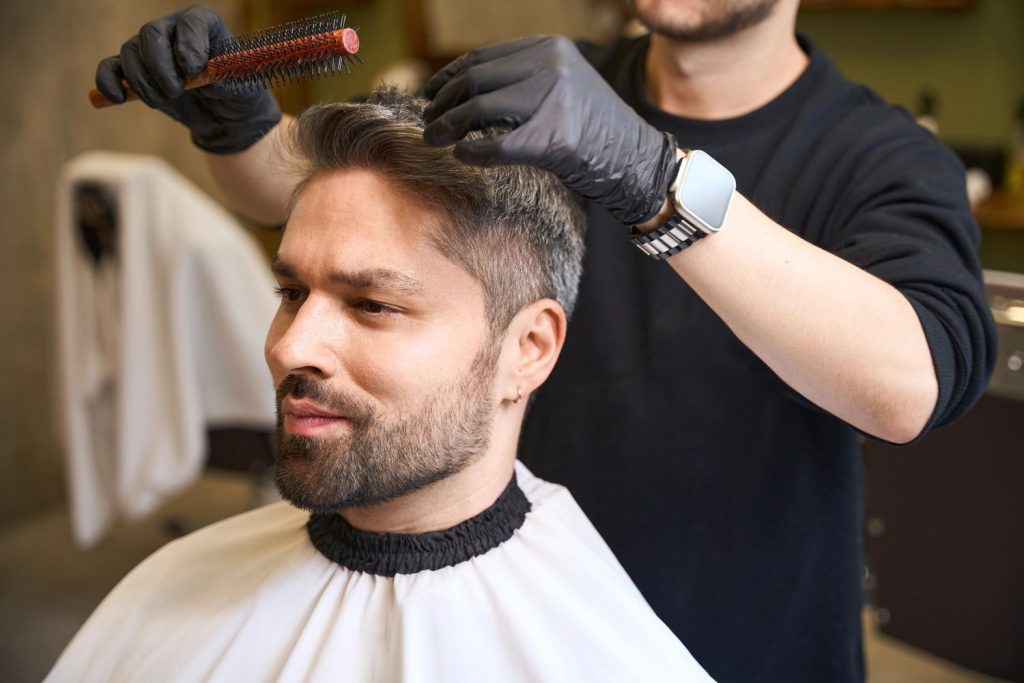How Long Do Men’s Wigs Last?
July 20, 2025
Wigs have become a valuable tool for many men—whether due to hair loss, medical conditions, personal style, or convenience. Today, men’s wigs are more advanced and realistic than ever, offering a wide range of options in both synthetic and human hair varieties. But one of the most frequently asked questions by first-time buyers and long-term users alike is: how long do men’s wigs actually last?Understanding wig lifespan isn’t just about knowing when to replace one. It’s about making informed decisions before you buy, taking the right steps to care for your wig once you have it, and ultimately getting the best value for your money. The longevity of a wig can directly affect your budget, confidence, and daily routine—especially if you wear it often.
What many people don’t realize is that a wig’s durability isn’t just about its price tag. The type of hair, cap construction, daily habits, and maintenance routine all contribute to how long a wig will stay looking natural and feeling comfortable. Without proper care, even the most expensive wig can wear out quickly. On the flip side, a well-maintained, moderately priced wig can easily outlast expectations.In this comprehensive guide, we’ll explore the average lifespan of both synthetic and human hair wigs for men, what factors influence longevity, how to recognize when it’s time for a replacement, and most importantly—what you can do to extend the life of your wig and protect your investment.
Types of Men’s Wigs and Their Average Lifespan
1. Synthetic Wigs
Synthetic wigs are made from man-made fibers such as Kanekalon or Toyokalon, which are designed to mimic the appearance of natural hair. These wigs are generally more affordable and require less day-to-day upkeep, making them a popular choice.
Key Features:
- Pre-styled and retains its shape even after washing
- Lightweight and breathable
- Easy to wear straight out of the box
Lifespan:
- Daily use: Around 4 to 6 months
- Occasional use: Up to 12 months or more
Wear Considerations:
Frequent exposure to friction (from collars, furniture, or pillows), environmental elements, and sweat can cause synthetic fibers to frizz or tangle. Areas like the nape of the neck often show wear first. While synthetic wigs don’t tolerate heat styling (unless labeled heat-friendly), this also means they don’t require daily restyling—one of their biggest advantages.
Pro Tip: Invest in a backup wig and alternate between the two to prolong their overall lifespan.
2. Human Hair Wigs
Human hair wigs are made from 100% real hair and offer unmatched realism and styling flexibility. You can cut, color, curl, or straighten these wigs just like your own hair.
Key Features:
- Natural look and movement
- Can be styled with hot tools
- Requires similar care as natural hair
Lifespan:
- Daily use: 1 to 2 years
- Occasional use: Up to 3 years or more
Maintenance Demands:
Because they behave like real hair, human hair wigs require regular washing, conditioning, and gentle styling. They are more susceptible to damage from heat and chemical treatments, and improper storage can cause tangling or flattening of the style.
Pro Tip: Choose Remy hair wigs for longer life. These wigs maintain the natural cuticle alignment, reducing tangling and breakage.
Factors That Affect Wig Lifespan
1. Frequency of Wear
Wearing a wig every day significantly impacts how long it lasts. Daily use subjects the wig to:
- Friction from clothing or furniture
- Scalp oils and sweat
- Exposure to pollutants, dust, and UV rays
Even the highest-quality wig will wear down more quickly if it’s constantly exposed to physical stress. Using a wig cap underneath helps reduce oil and moisture buildup.
Occasional users (e.g., for social events or professional performances) will naturally enjoy longer-lasting wigs, especially if proper care is followed between uses.
2. Material and Cap Construction
Wig longevity is directly tied to the quality of materials and construction techniques used.
Key Quality Indicators:
- Fiber quality (e.g., heat-friendly synthetics or Remy human hair)
- Cap construction: Lace front wigs and monofilament tops offer a more natural appearance but may wear faster due to delicate materials
- Density: Higher hair density provides volume and longevity, but may require more maintenance
Pro Tip: Investing in high-quality craftsmanship upfront often saves money long-term by avoiding frequent replacements.
3. Maintenance and Care Routine
Proper care is one of the most effective ways to extend the life of your wig. Here’s what to include in a basic maintenance routine:
Cleaning:
- Clean synthetic wigs every 6–8 wears
- Clean human hair wigs every 10–15 wears
Use cool water and sulfate-free shampoos designed for wigs. Always detangle gently before washing.
Conditioning:
- Use a leave-in conditioner or detangler spray
- Avoid applying conditioner near the wig cap to prevent loosening of knots
Styling:
- For synthetic wigs: Avoid heat unless specified as heat-safe
- For human hair: Use low heat and always apply heat protectant
- Detangle using a wide-tooth comb or a wig brush
Improper brushing or over-washing can shorten lifespan dramatically. Gently pat dry with a towel—never wring or rub harshly.
4. Storage and Handling
The way a wig is stored has a surprisingly big impact on how long it lasts. Improper storage can lead to flattening, misshaping, or tangling.
Best Practices:
- Use a wig stand or mannequin head to maintain shape
- Store in a cool, dry place away from sunlight and humidity
- Cover with a silk scarf or wig bag to prevent dust accumulation
Avoid: Hanging wigs in bathrooms where steam and heat can weaken fibers over time.
How to Know When It’s Time to Replace a Wig
Even with the best care, wigs don’t last forever. Knowing when to replace your wig helps ensure you continue to look natural and feel confident.
Signs of Wear:
- Persistent tangling or matting, especially at the nape
- Shedding of fibers that leaves thin or bald patches
- Frizzing or dryness that cannot be restored
- Worn-out cap or stretching that affects fit
- Change in color or shine—synthetic wigs may become too shiny or dull over time
Replacing your wig on time keeps your appearance consistent and ensures comfort throughout the day.
Extending Wig Lifespan: Practical Tips
Want to get the most out of your wig? Here’s a practical checklist:
- ✔ Rotate between at least two wigs
- ✔ Wash only when necessary
- ✔ Use products specifically designed for wigs
- ✔ Keep your wig on a stand when not in use
- ✔ Avoid sleeping or showering with your wig on
- ✔ Protect wigs from rain, sun, and heat exposure
If you’re unsure about product suitability, ask a wig stylist or supplier for guidance.
Synthetic vs. Human Hair Wigs: Which One is Right for You?
Choosing the right wig type depends on your lifestyle, budget, and maintenance preferences.
| Feature | Synthetic Wig | Human Hair Wig |
| Average Lifespan | 4 to 12 months | 1 to 3 years |
| Cost | $50 – $400 | $300 – $2000+ |
| Maintenance | Low to moderate | Moderate to high |
| Styling Options | Limited (unless heat-friendly) | Unlimited (cut, color, heat-style) |
| Appearance | Realistic, especially newer fibers | Most natural, moves like real hair |
| Weather Sensitivity | Holds shape in humidity | May frizz or flatten in high humidity |
If you’re new to wigs or have limited time for care, synthetic may suit your needs. If realism and styling freedom are top priorities, human hair wigs are worth the investment.
Common Myths About Wig Lifespan
Myth 1: You Should Wash Your Wig Frequently
Washing too often can strip synthetic fibers or dry out human hair. Wash only when dirty or dull—not by schedule alone.
Myth 2: All Wigs Last the Same
Not true. Lifespan varies by fiber, cap construction, usage habits, and maintenance routines. Two users with the same wig can see very different outcomes.
Myth 3: Synthetic Wigs Look Fake
Advancements in synthetic fiber design have made many synthetic wigs indistinguishable from real hair—especially from premium brands.
Number One Barber Shop Serving the Promenade At Stafford Run Community and Beyond in Stafford
Number One Barber Shop is dedicated to serving the diverse needs of the local community of Stafford, including individuals residing in neighborhoods like Promenade At Stafford Run. With its convenient location near landmarks such as the GLORY BAPTIST CHURCH and major intersections like Hwy 90 Alt. & Brand Ln. (coordinates: 29.62448240000001, -95.57730049999999), we offer men’s hair replacement system Stafford services.
Get Men’s Hair Replacement System Stafford Services at Promenade At Stafford Run Now
Navigate from Promenade At Stafford Run to Number One Barber Shop Now
Final Thoughts
So, how long do men’s wigs last? It depends. A synthetic wig may last 4 to 6 months with regular wear, while a well-maintained human hair wig can give you 1 to 3 years of use. With proper care, gentle handling, and smart storage, you can significantly extend the life of your wig—keeping your look fresh and your investment worthwhile. Whether you wear a wig for practicality, performance, or personal style, knowing how to protect it means getting more out of every strand.
Frequently Asked Questions (FAQs)
1. How long does a men’s wig usually last?
The lifespan of a men’s wig depends on the material and how often it’s worn. Synthetic wigs typically last 4 to 6 months with daily use, or up to a year with occasional use. Human hair wigs last longer—usually 1 to 3 years, provided they are properly maintained and not exposed to excessive heat or chemicals.
2. What can I do to make my wig last longer?
To extend the life of your wig, follow a consistent care routine:
- Wash it only when needed using wig-specific shampoo and conditioner
- Avoid heat styling unless the wig is labeled heat-resistant
- Store it properly on a wig stand or mannequin head
- Rotate between two wigs if you wear one daily
- Keep it out of direct sunlight and away from moisture when not in use
These simple habits can significantly delay wear and tear.
3. How do I know when it’s time to replace my wig?
You may need to replace your wig when you notice:
- Excessive tangling or matting, especially around the nape
- Hair shedding, thinning, or bald spots
- Loss of style or shape that can’t be restored
- Frizzing or dryness in the fibers
- A loose or damaged cap that affects the fit
If your wig no longer looks or feels comfortable, it’s probably time for a new one.
4. Can I use regular hair products on my wig?
No, it’s best to avoid standard hair care products. Wigs—especially synthetic ones—require specially formulated wig care products. Regular shampoos and conditioners may contain harsh ingredients like sulfates or alcohol that can damage the fibers or weaken the wig cap. Use sulfate-free, paraben-free products made for synthetic or human hair wigs.
5. Is a human hair wig worth the higher cost?
Yes, for many people, human hair wigs offer excellent long-term value. They look and feel more natural, last longer, and allow for heat styling and coloring. While they require more care and a higher initial investment, their durability, versatility, and realism often make them a preferred choice for regular wig users.
Refine Your Style with Expert Barbershop Care
Our expert barbers are dedicated to providing you with a personalized experience that brings out your best look, every time. Whether you're in for a sharp haircut, a refreshing shave, or a relaxing facial, we take the time to understand your style and tailor our services to match your unique preferences.









